Speaker
Description
Monolithic Active Pixel Sensors (MAPS) are becoming increasingly important in future particle physics experiments due to their ease of integration, high spatial resolution, and low material budget. While MAPS have mostly been used for tracking where only binary hit information is stored, measuring signal amplitude could enable particle identification (PID) and enhance tracking capabilities. In this contribution, the feasibility of amplitude measurements using two promising techniques is assessed: time-encoded Time-over-Threshold (ToT), where pixels send a pulse at a signal’s rising and falling edge to measure the ToT, and digital oversampling, which samples the signal multiple times above threshold. The methods were tested on two prototype sensors developed for the ALICE ITS3 upgrade: the Digital Pixel Test Structure chiplet (DPTS) featuring time-encoding with 1024 pixels and the larger BabyMOSS sensor with 0.67 megapixels. With the DPTS, we demonstrated the capability of measuring the Fe-55 main peak with a resolution of 3.6% using the ToT approach. For BabyMOSS, a multilayer beam telescope was operated, where an energy resolution of 17% was shown to be achievable with 11 sensor layers for 10 GeV/c pions. Additionally, Geant4 simulations modeled energy deposition in 4-11 silicon layers for particle momenta of 0.1-10 GeV/c, examining the effects of the sampling rate (0.5/4 μs) and sensor thickness (10/20 μm). The simulations show effective PID, with a 3σ particle separation up to 0.7 GeV/c between pions and protons. Constraints in the current ALICE Inner Tracking System, such as the readout speed, pose challenges for performing amplitude measurements. Our findings suggest that ToT-based amplitude measurements could benefit MAPS-based tracking detectors, such as those planned for the ALICE3 trackers, enabling particle separation at low momenta up to 0.7 GeV/c and separation of lighter nuclei up to 10 GeV/c.

